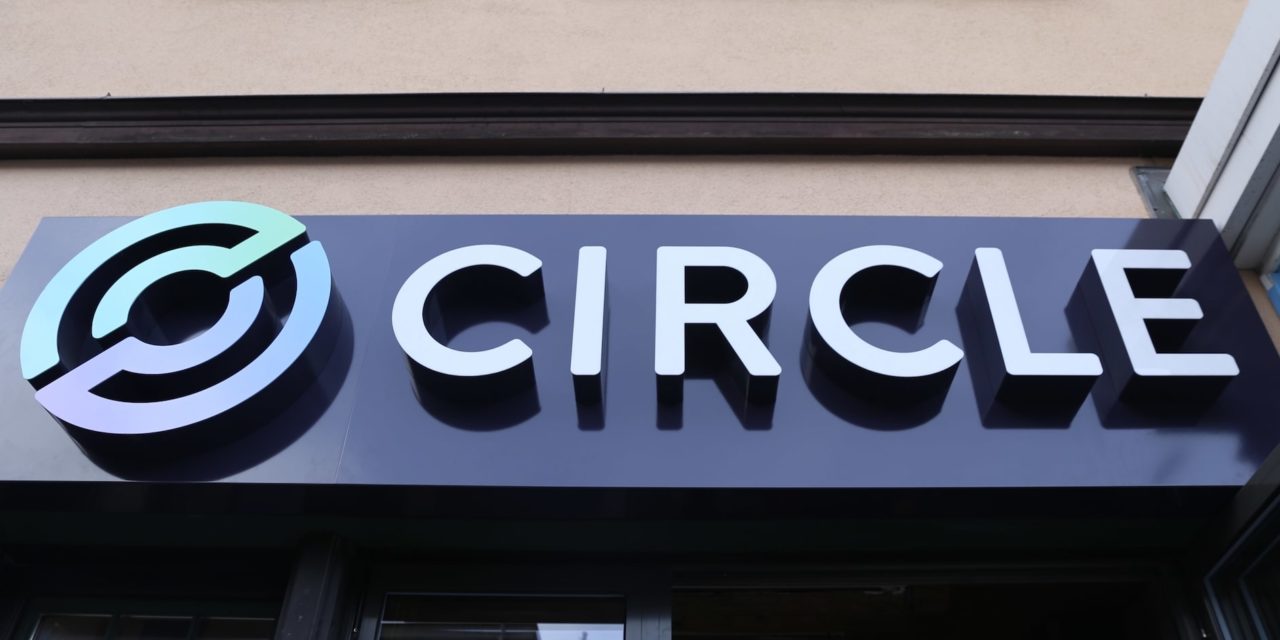David Z. Morris
Jul 20, 2022
The Chief Financial Officer of Circle Internet Financial, Jeremy Fox-Green, earlier this week reaffirmed the cryptocurrency financial services firm’s plan to go public later this year. On the one hand, this isn’t news: Circle’s plans were first announced in June of last year.
On the other hand, the affirmation is huge considering how drastically circumstances in the digital asset industry have changed in the meantime. That Circle is still healthy enough to go public in the current bearish environment is a huge vindication for a company that has made its share of missteps, and which took the better part of a decade to find a killer app with its USDC stablecoin.

There was a time when Circle seemed like a spent and directionless organization. Founded by Jeremy Allaire in 2013 as an early crypto payments company with an institutional bent, Circle was arguably a bit premature in providing retail services. The company also devoted a lot of energy to jumping over regulatory hurdles at a time when many crypto firms still dismissed such niceties. Way back in 2015, for instance, Circle became the first company to earn New York’s much-maligned Bitlicense.
Not too long ago, Circle seemed to be flailing for purpose so badly that those regulatory efforts began to seem like wasted effort. The apparent lack of mission clarity was thrown into sharpest relief when Circle bought the early, somewhat reputationally sketchy crypto exchange Poloniex in 2018 – and then sold it a year later for a $156 million loss. Circle then rapidly sold off many business lines, including a mobile investing app to Voyager Digital (R.I.P.) in February of 2020.
Rather than a sign of desperation, though, this pruning was part of a plan to focus entirely on the fully backed USDC stablecoin. That didn’t always seem like a slam-dunk: USDC had attracted barely more than $500 million worth of deposits by early 2020, compared to $4.2 billion worth of competitor Tether’s USDT token then in circulation.
But, despite missteps along the way, Allaire and company can take a preliminary victory lap for their comparatively cautious approach. From just 12% of Tether’s size at the start of 2020, Circle is now on a trajectory to match and maybe even exceed its primary competitor’s scale.
My only critique is that the plan is still to use a special purpose acquisition company (SPAC) rather than a conventional initial public offering (IPO). A SPAC is a listed shell company that would become Circle through a reverse merger. It’s a method of publicly listing a stock that has lower disclosure requirements than an IPO.
The plan might be difficult to change at this point, at Circle’s misfortune. Trust in the entire SPAC approach has been significantly undermined by its use by figures like Chamath Palihapitiya to sell baskets of garbage stocks with lessened disclosure at times of maximum hype. The structure has come to seem low-rent and scammy relative to other elements of the Circle offering.
But despite that gripe, the headline here is hugely positive. Allaire’s marathon effort and careful approach is about to pay off for him and investors in a big way, while more than a few of his overextended and incautious competitors are lying in a ditch. It’s a lesson worth remembering for the next cycle of crypto hype, when young, optimistic, inexperienced founders once again start promising the moon.










